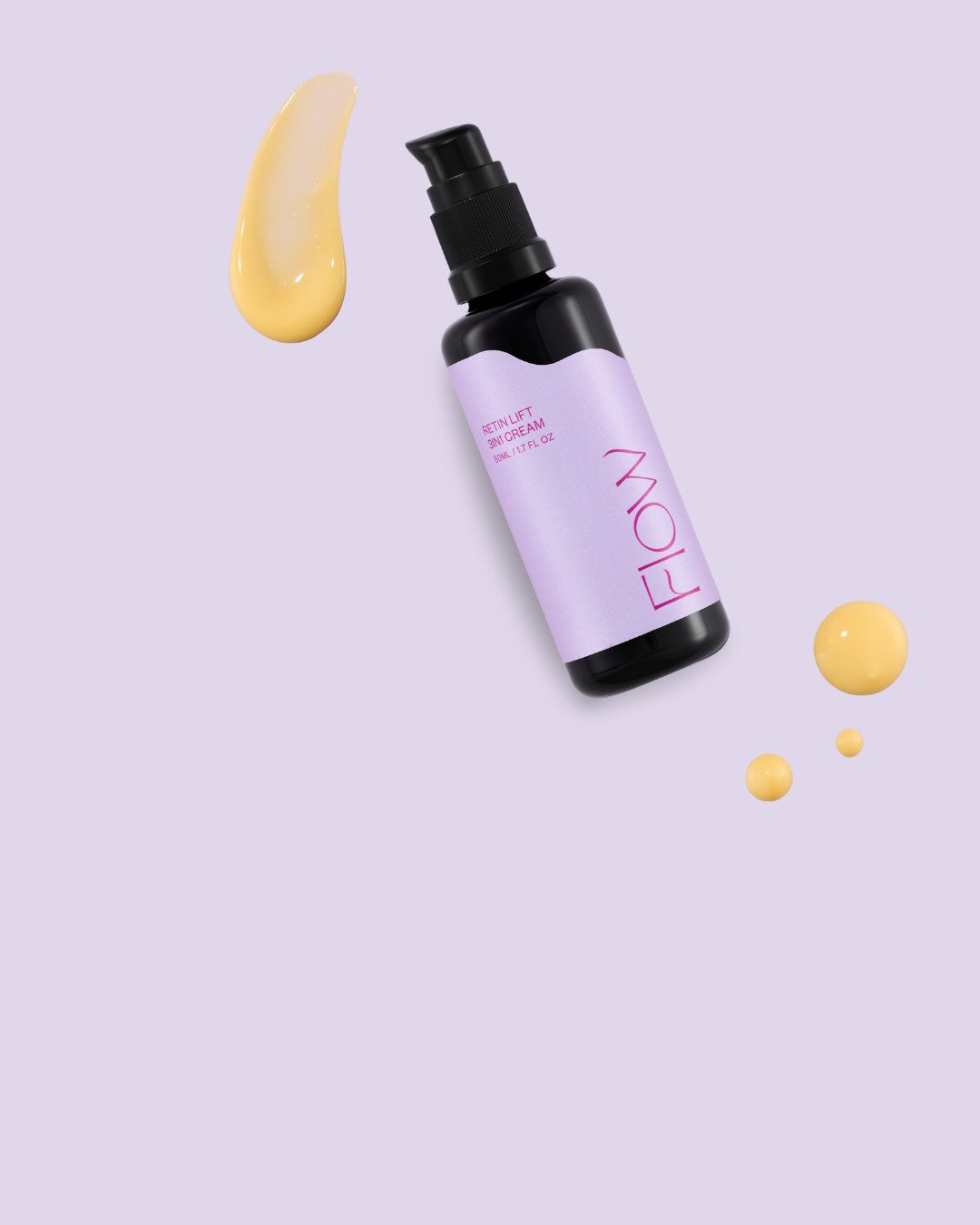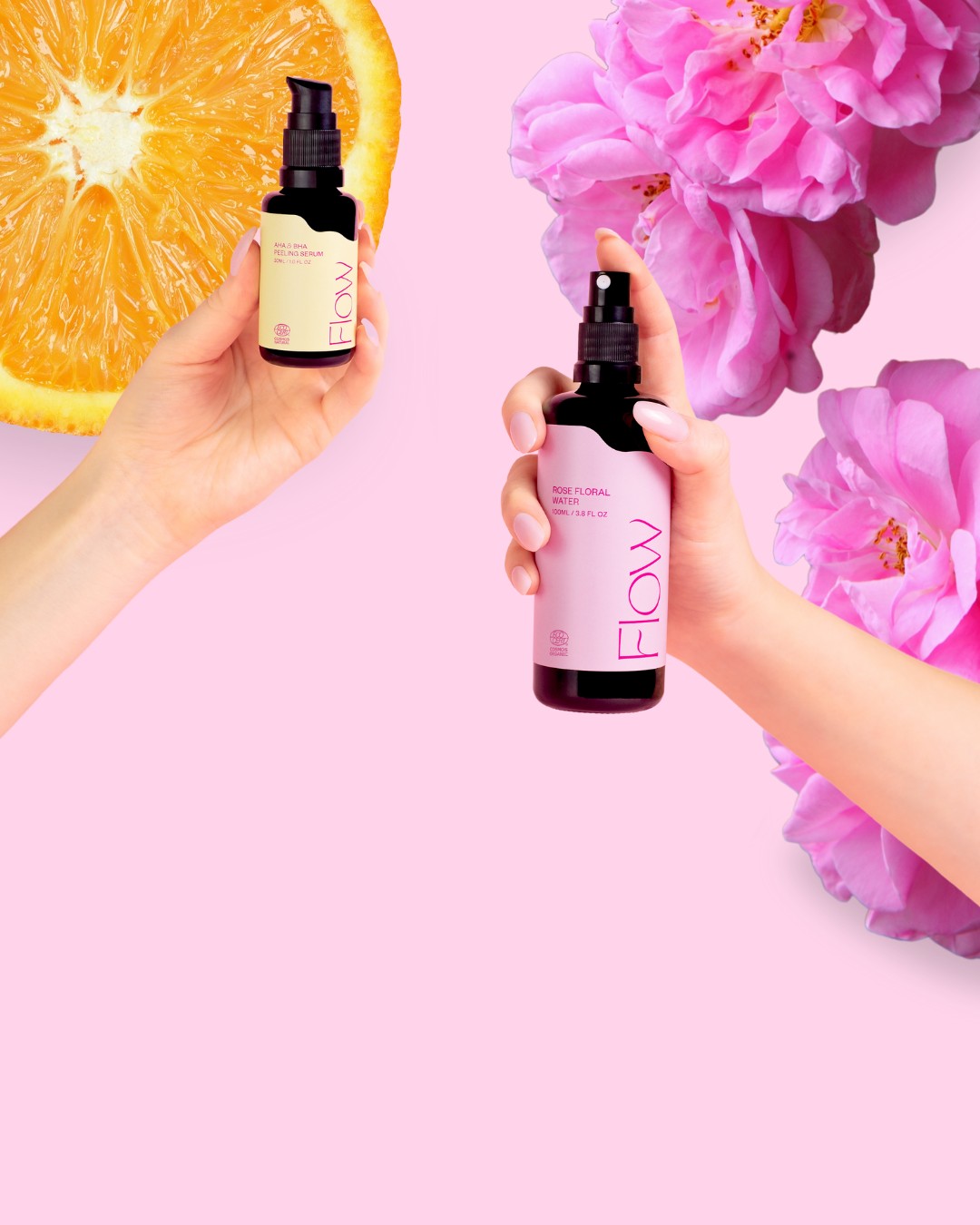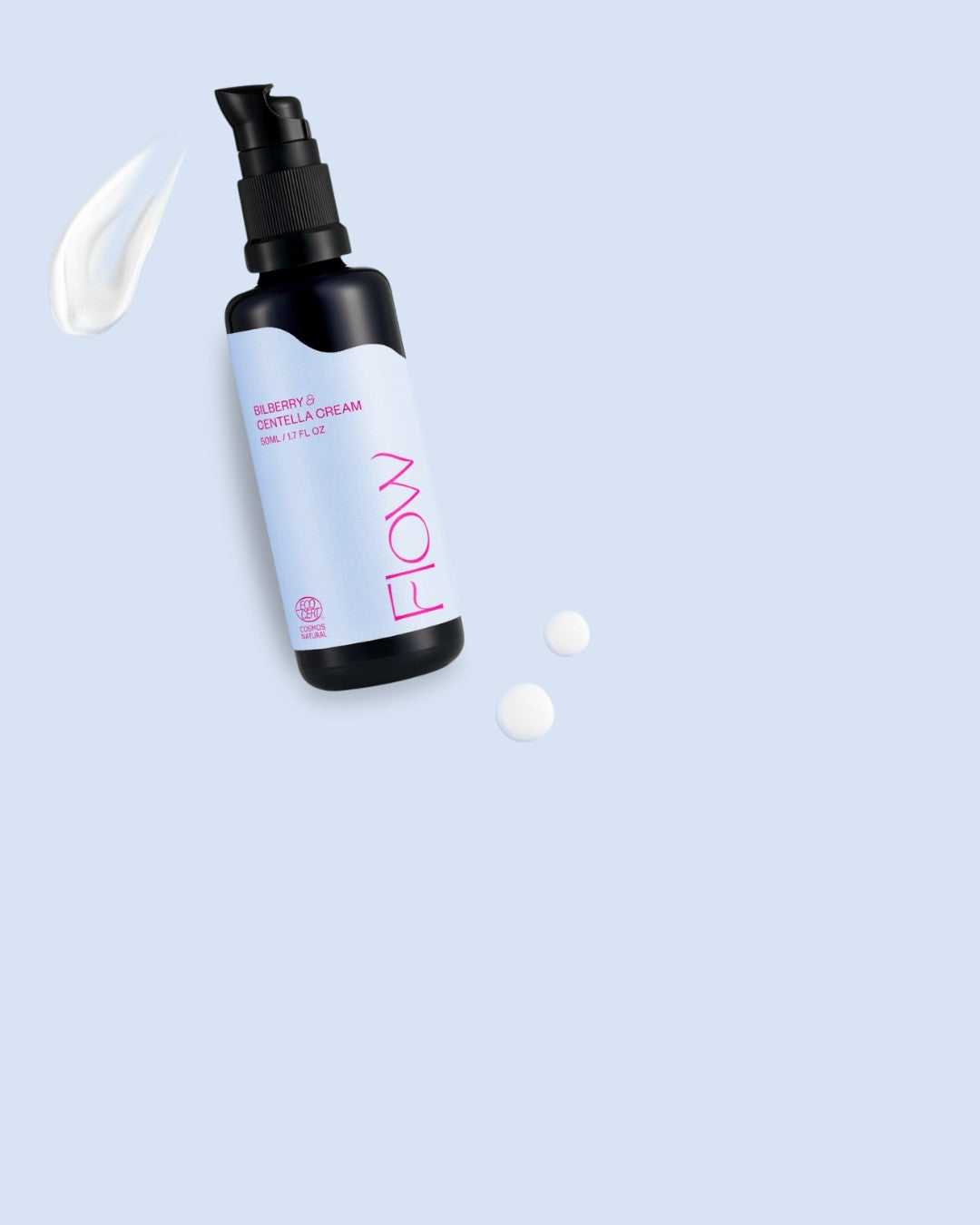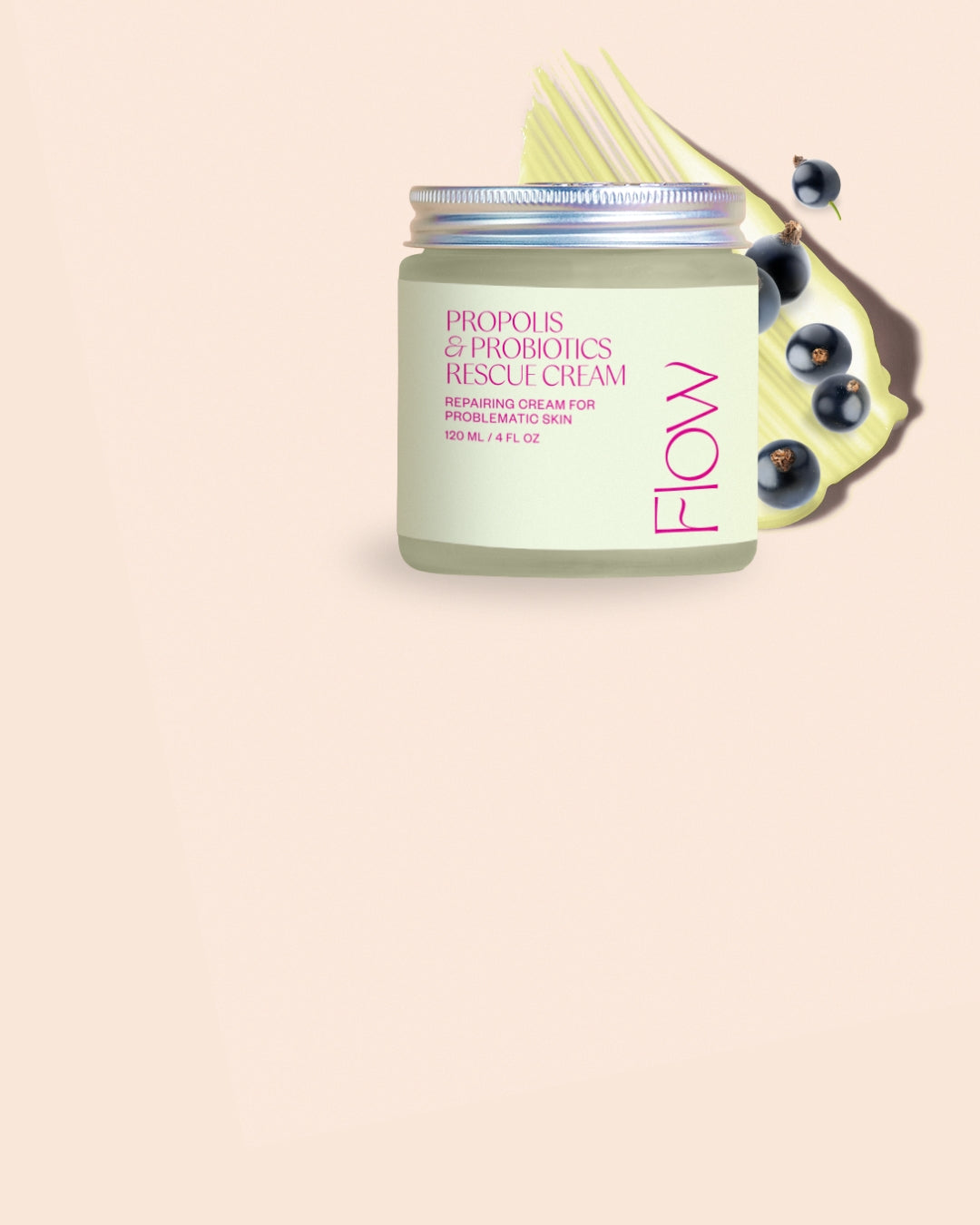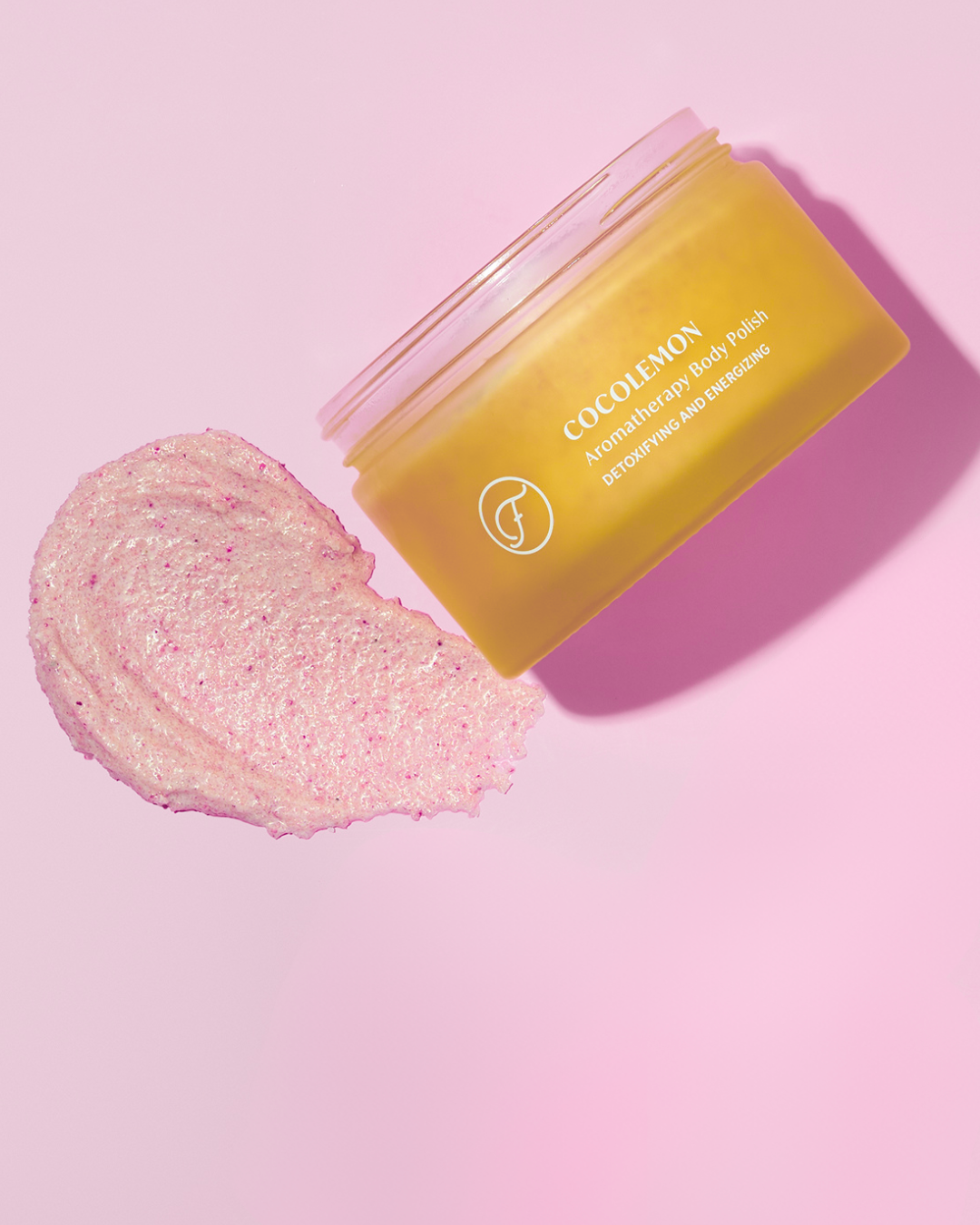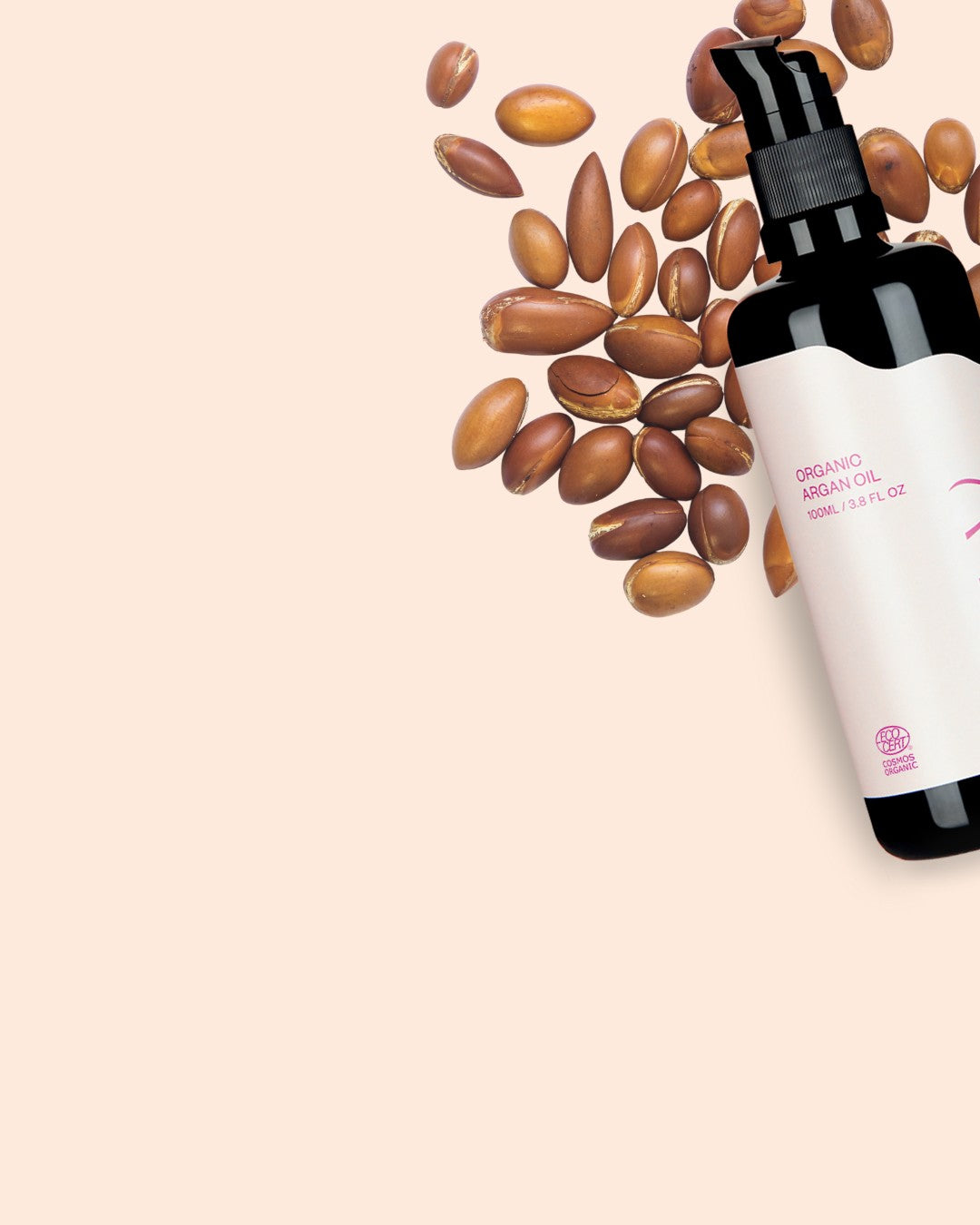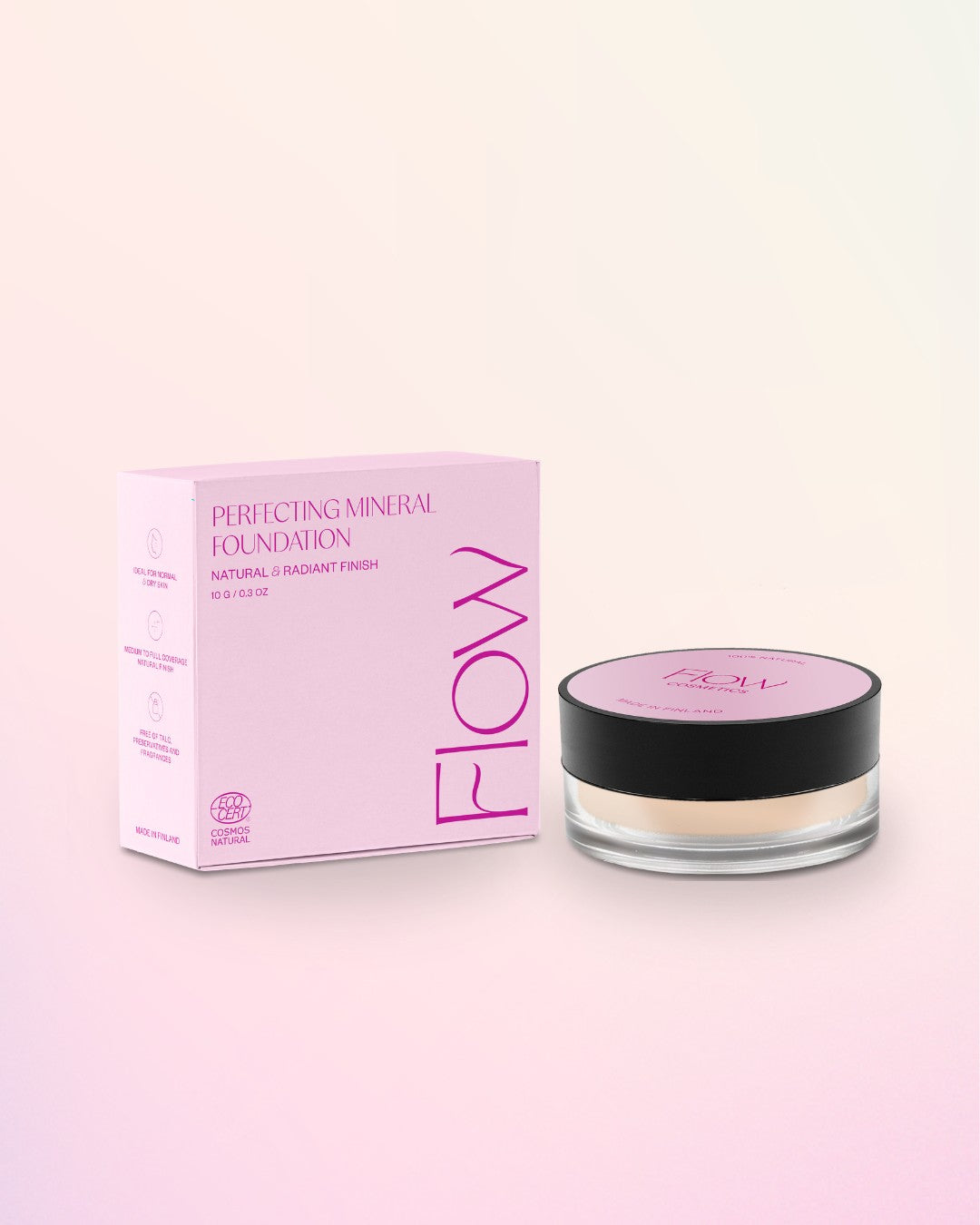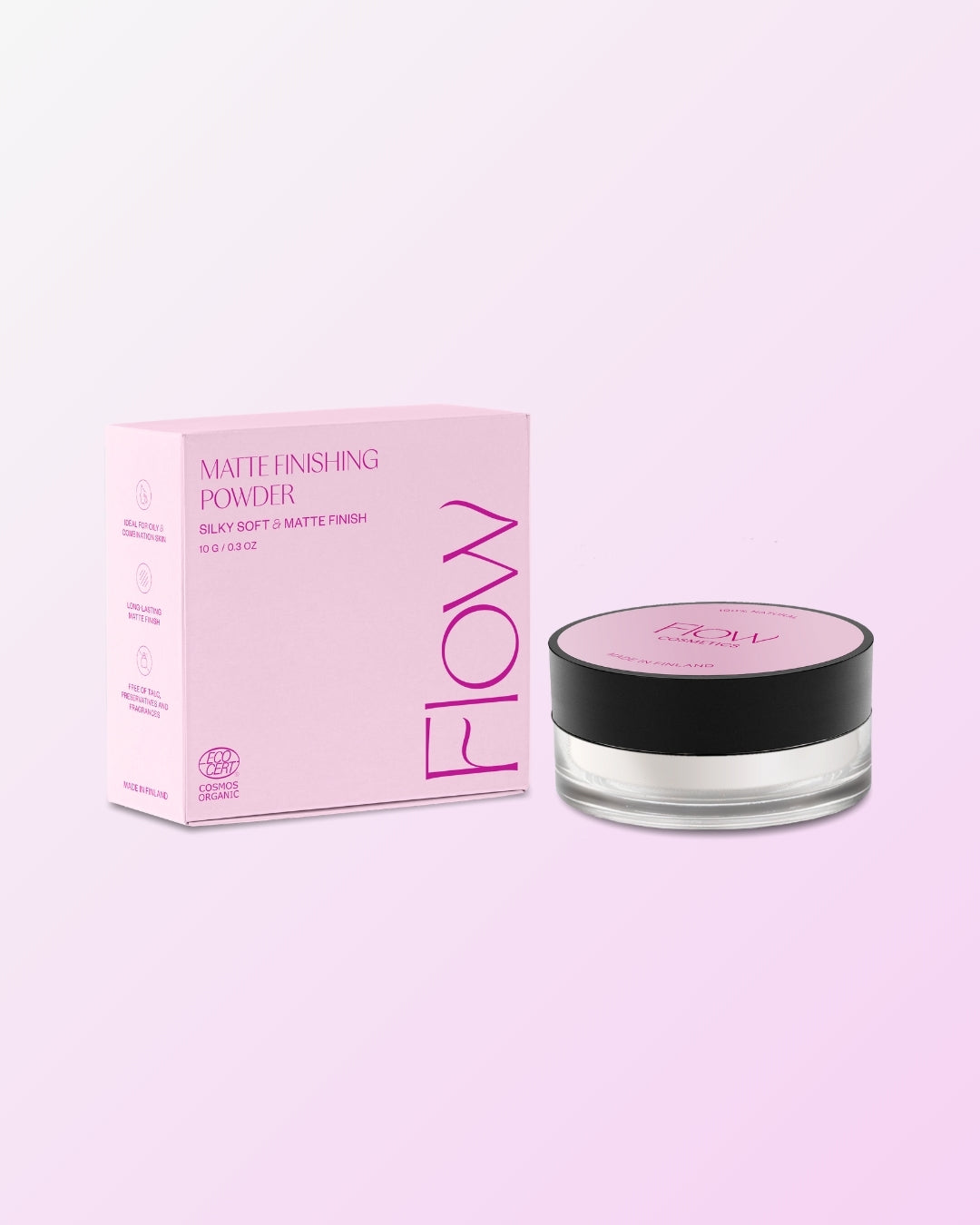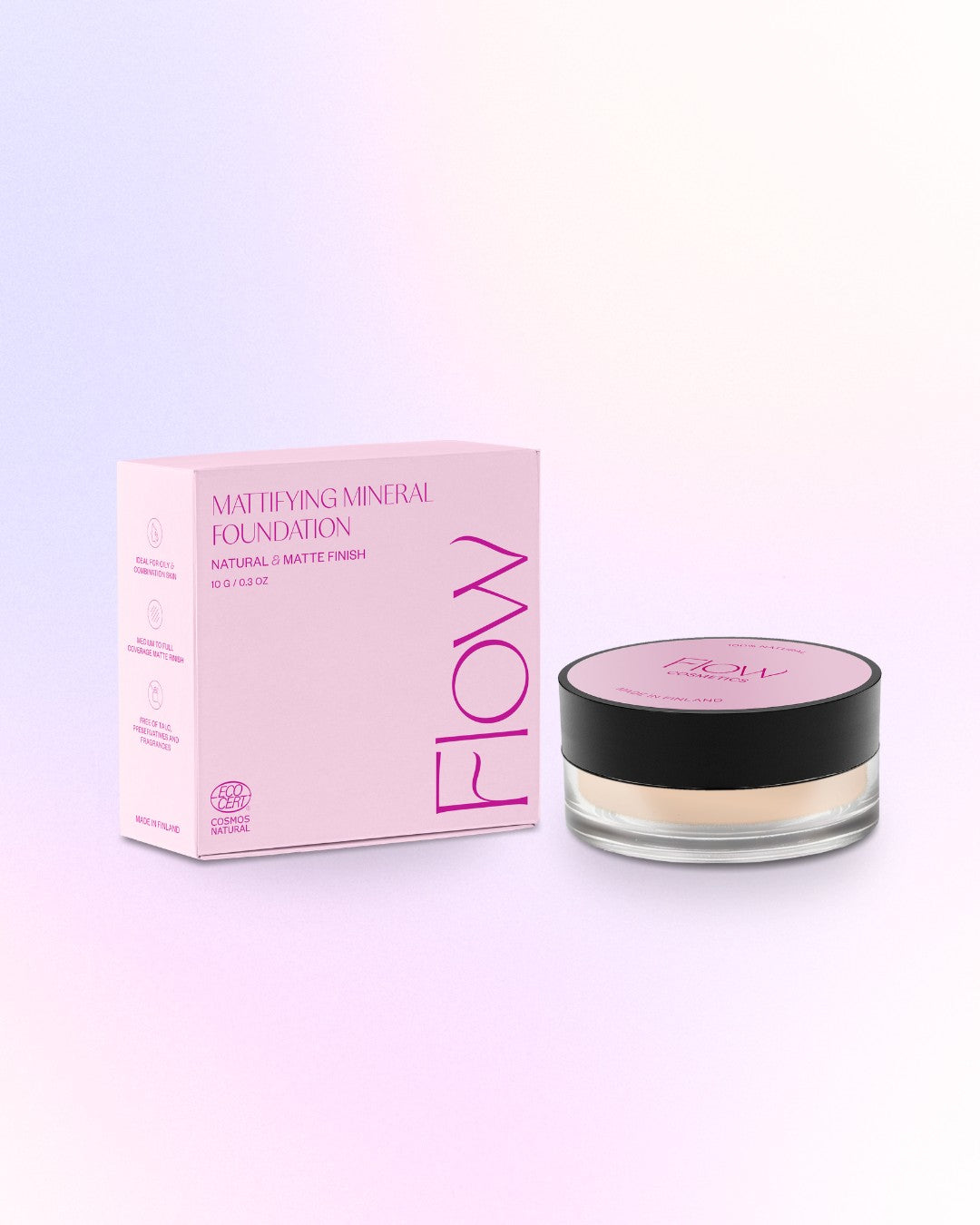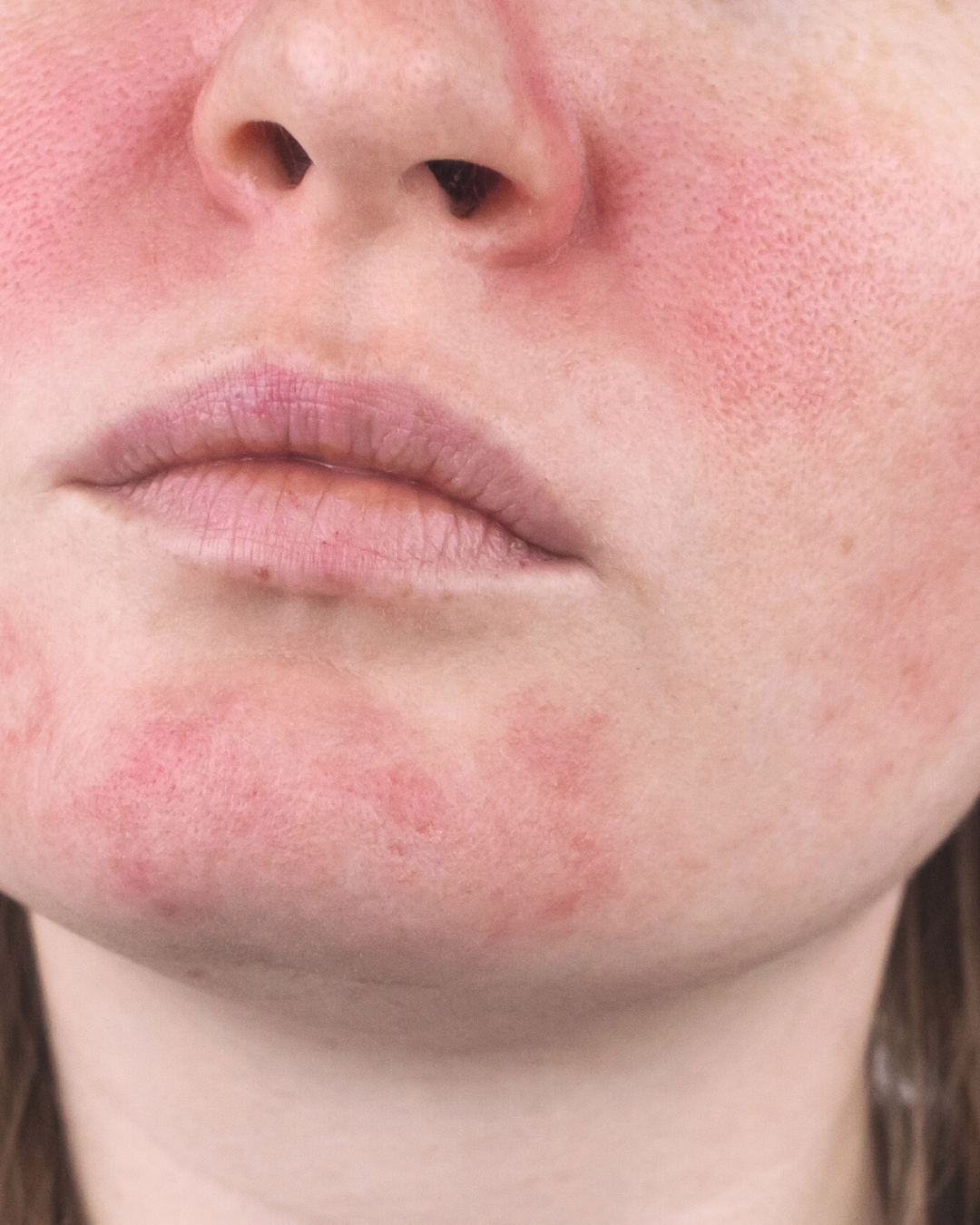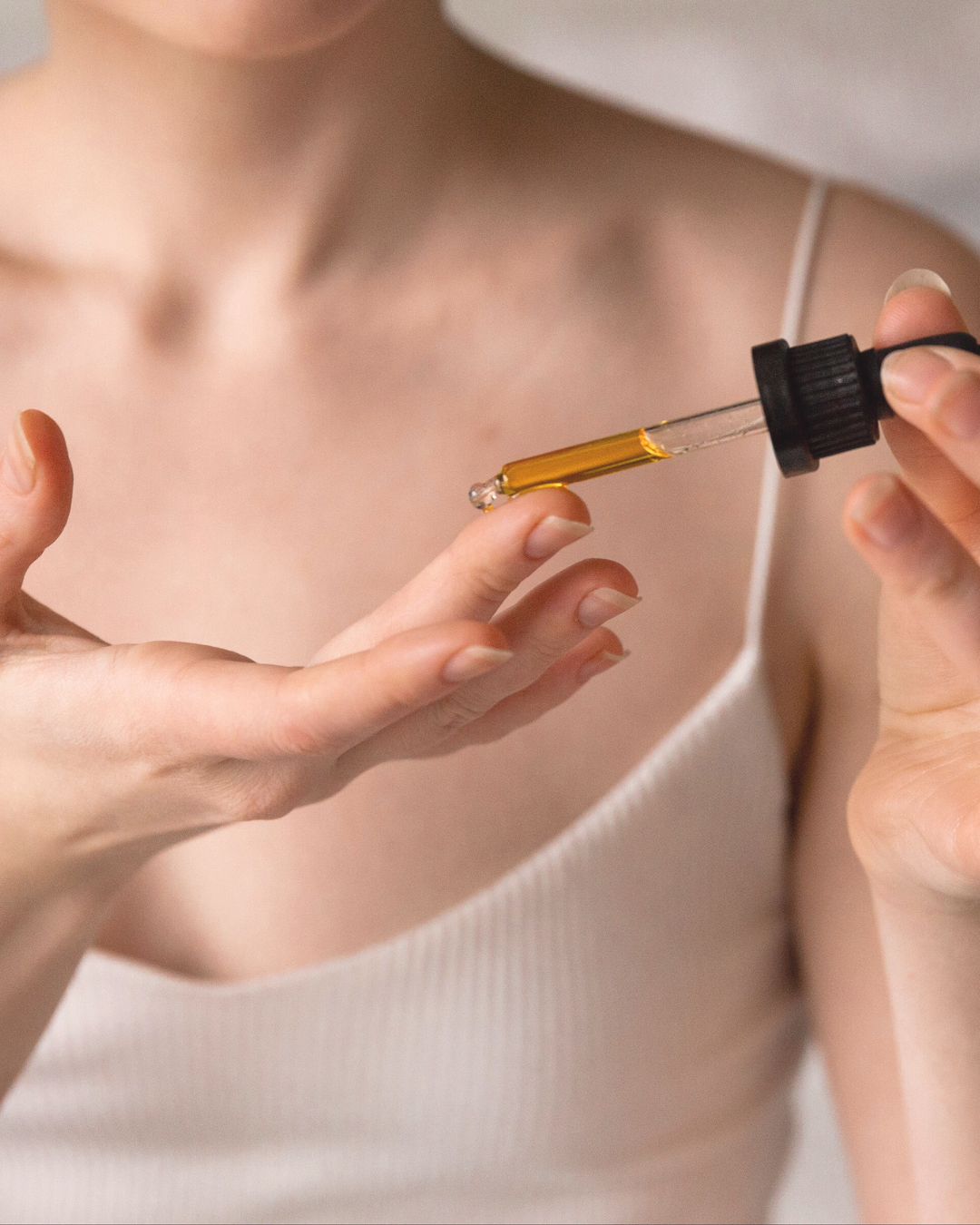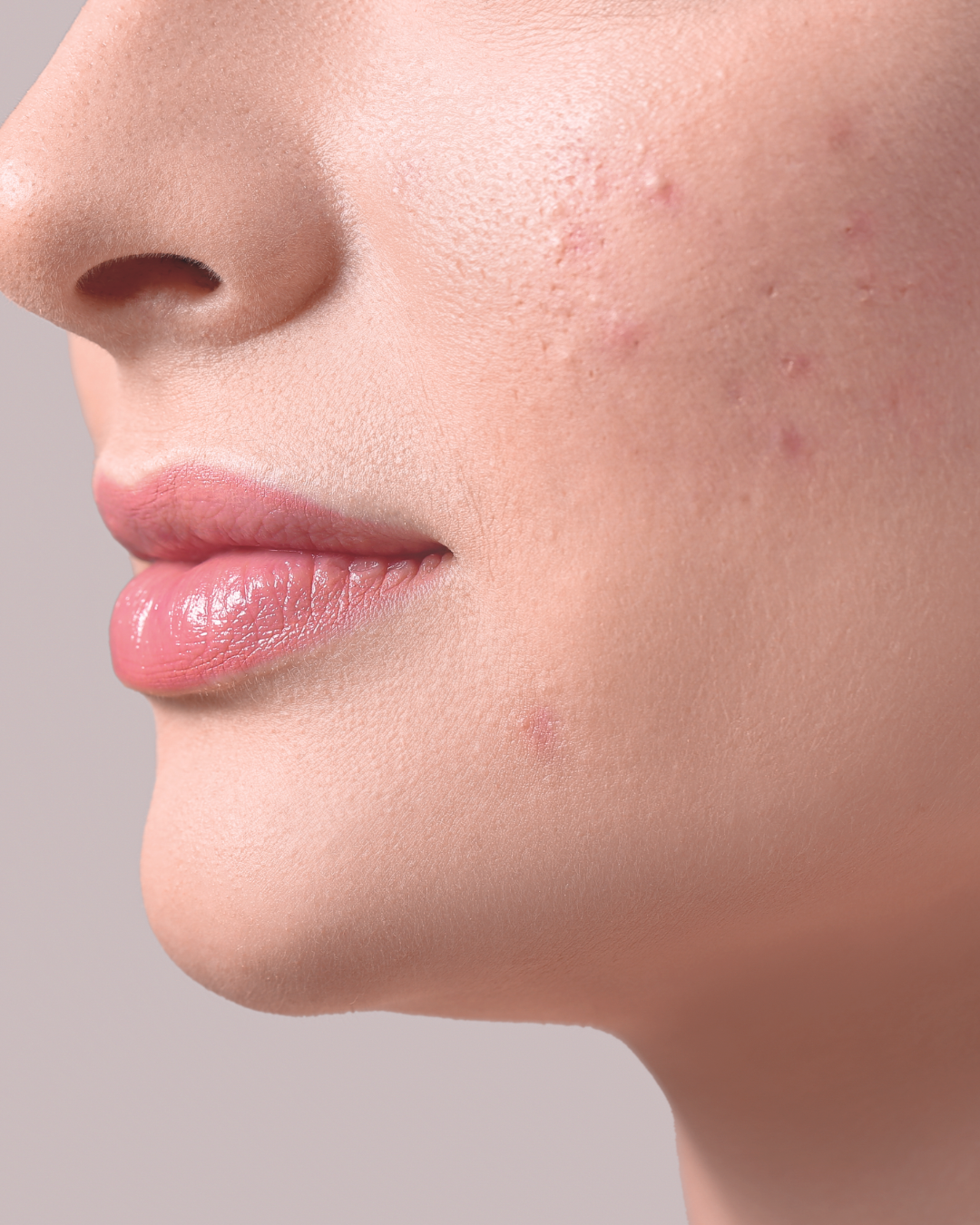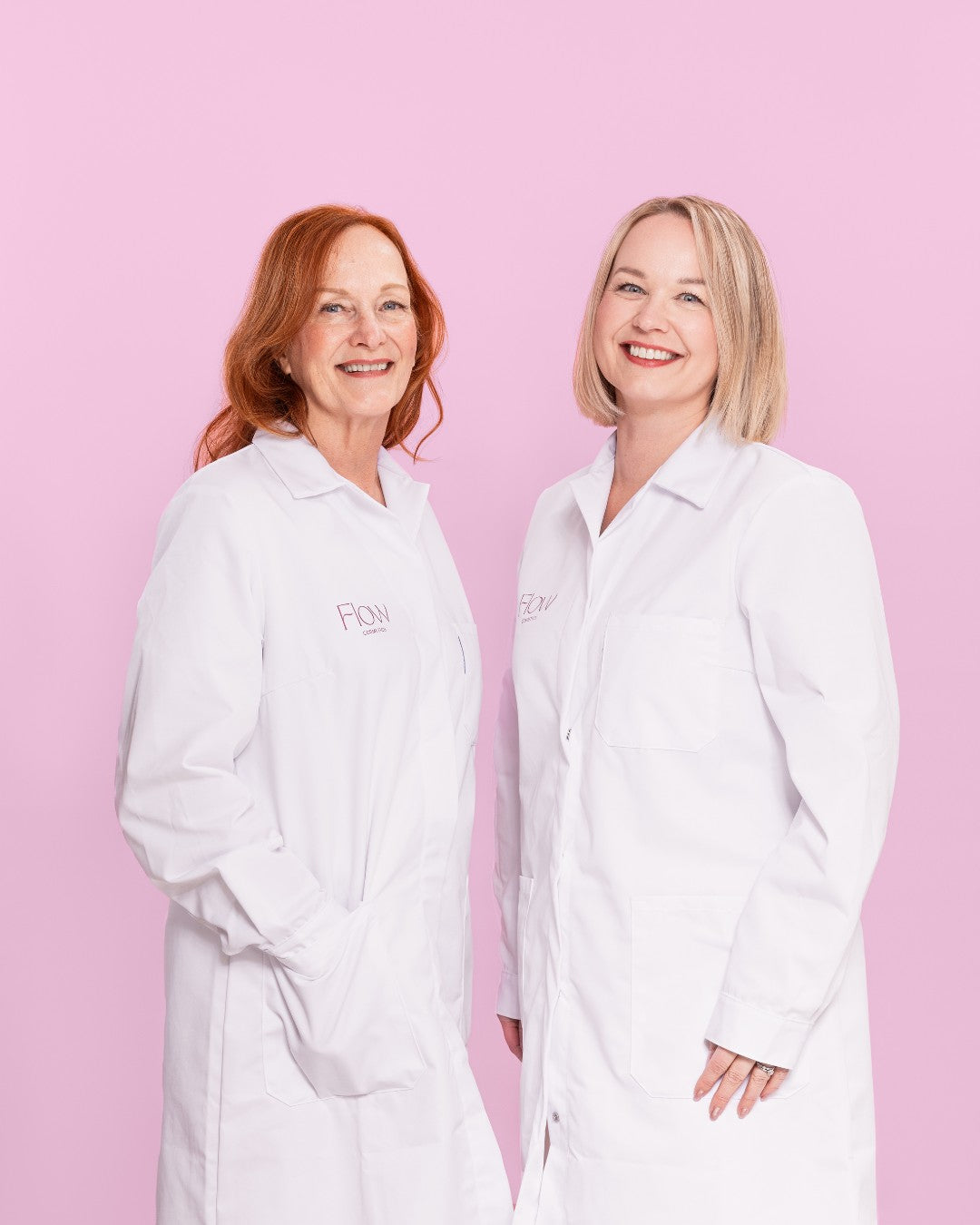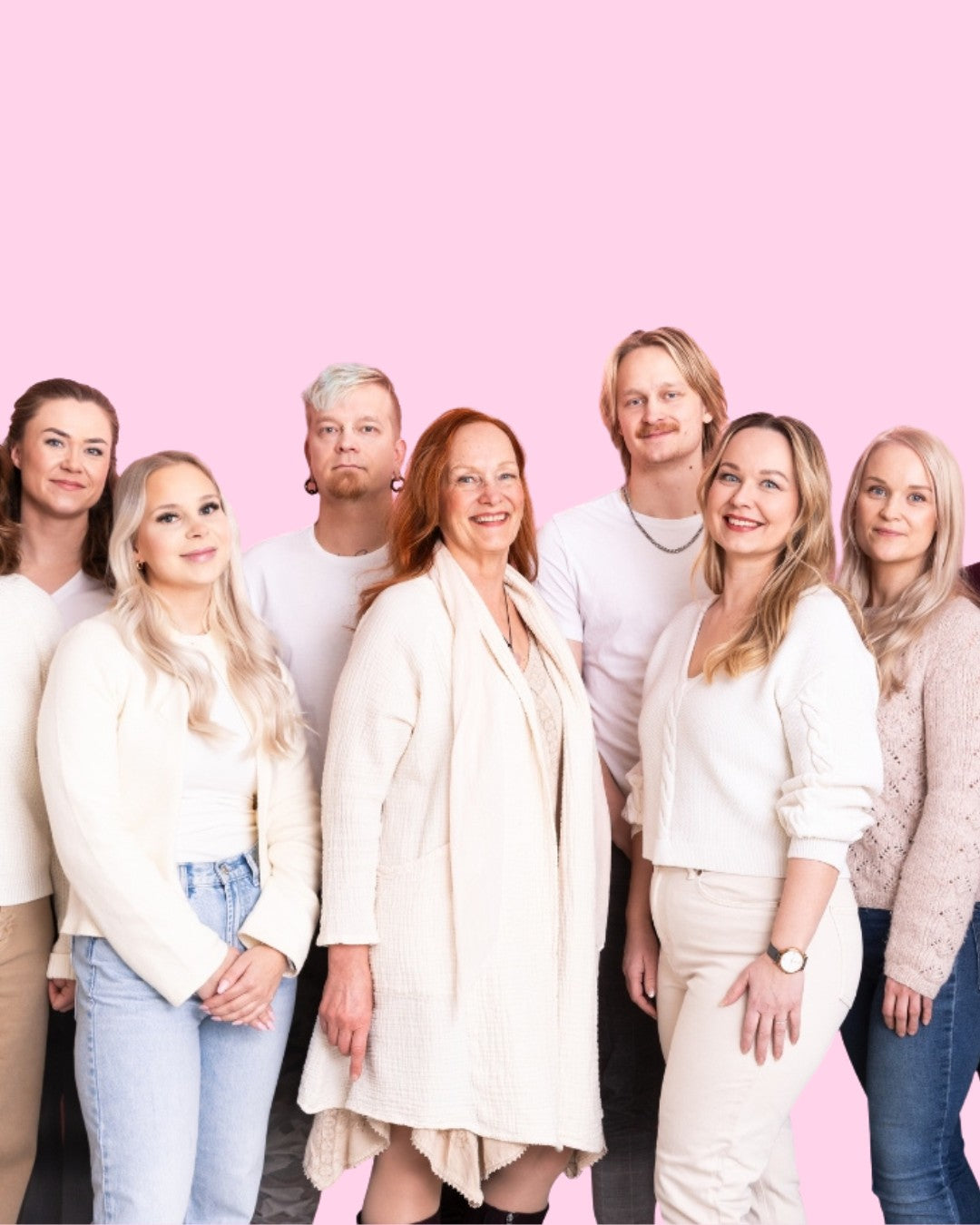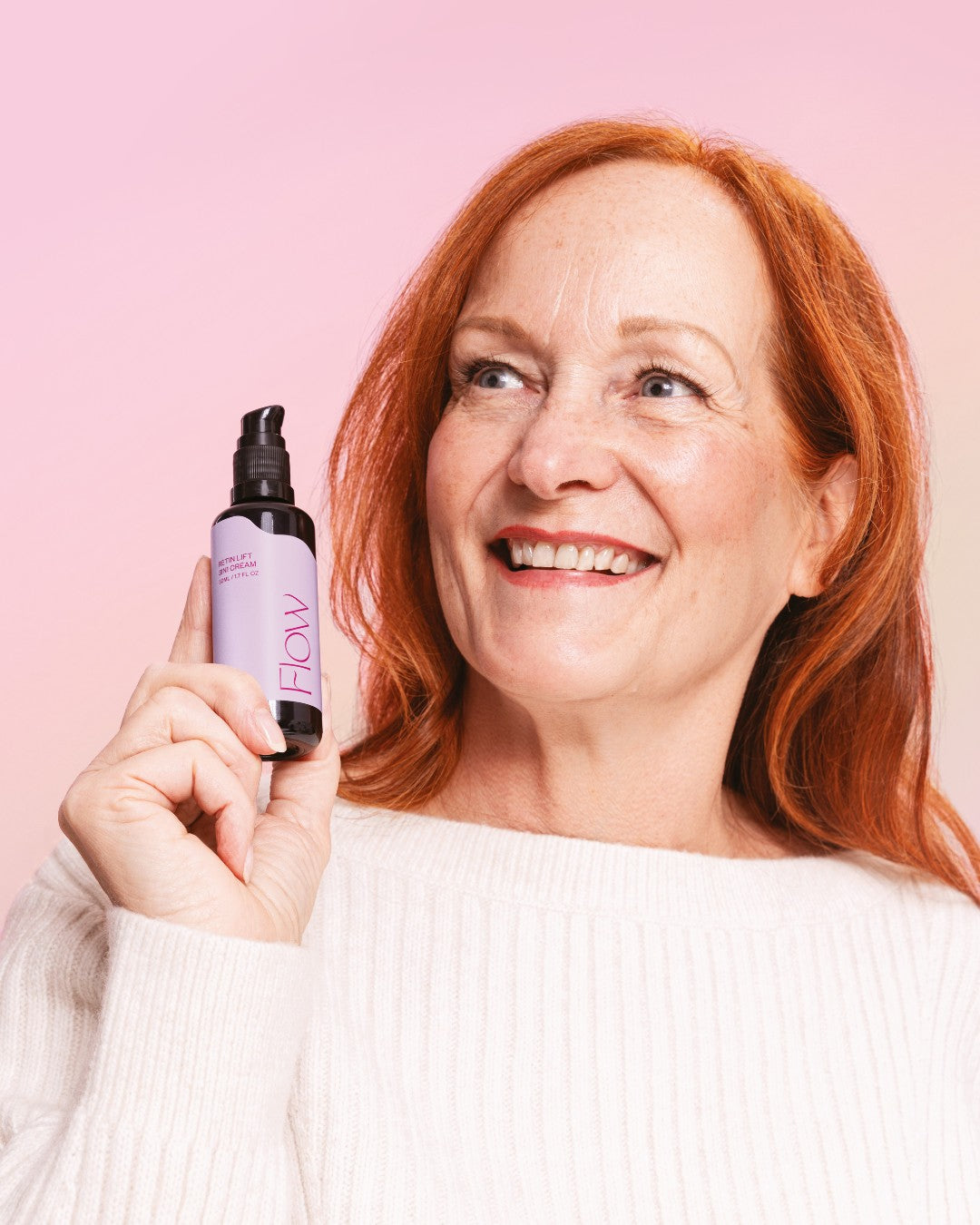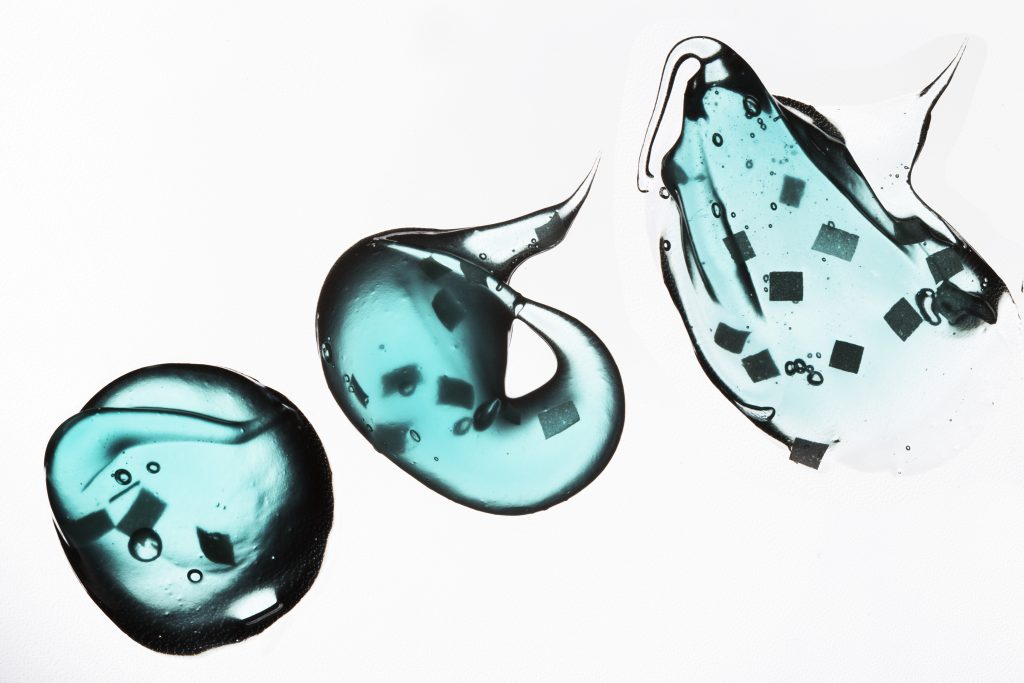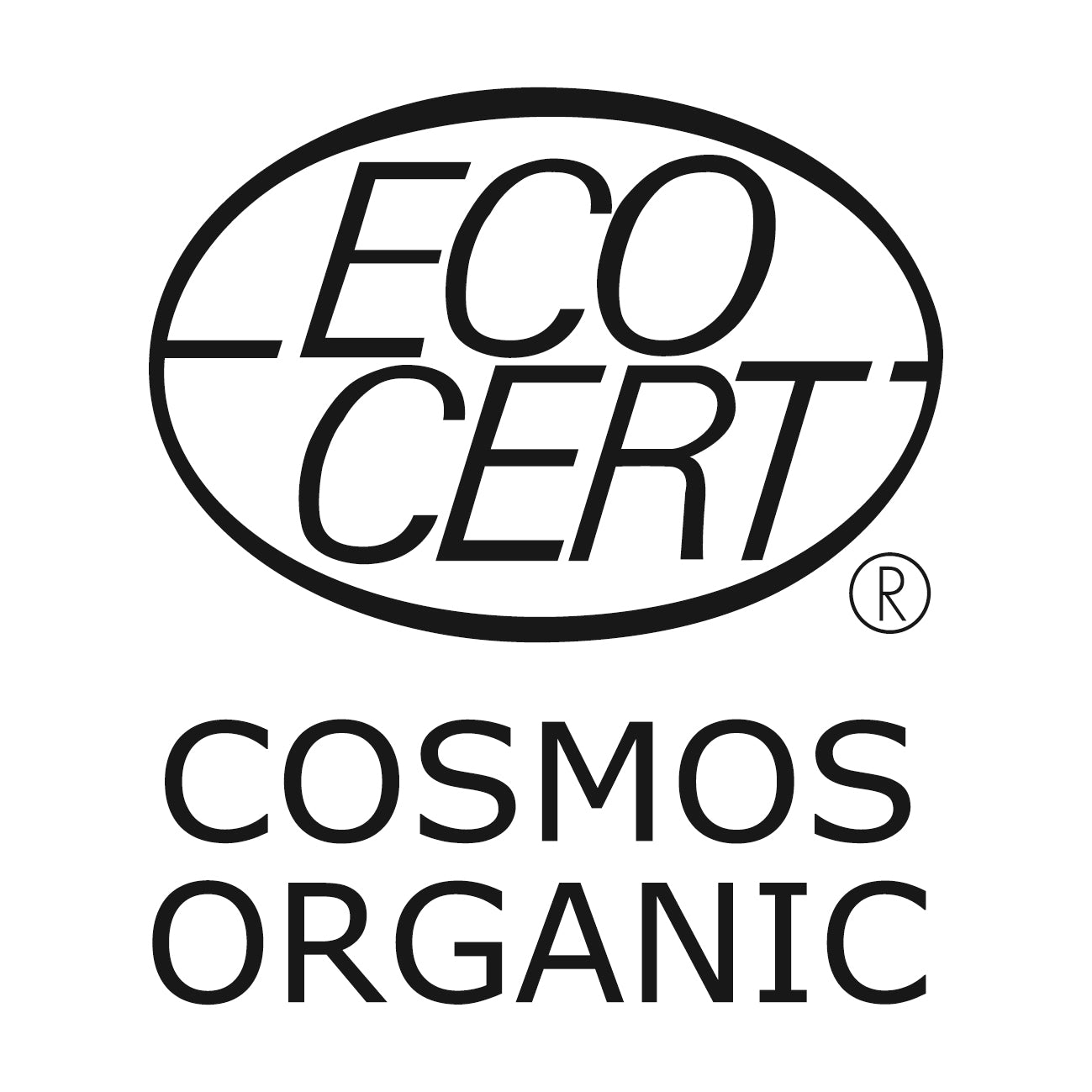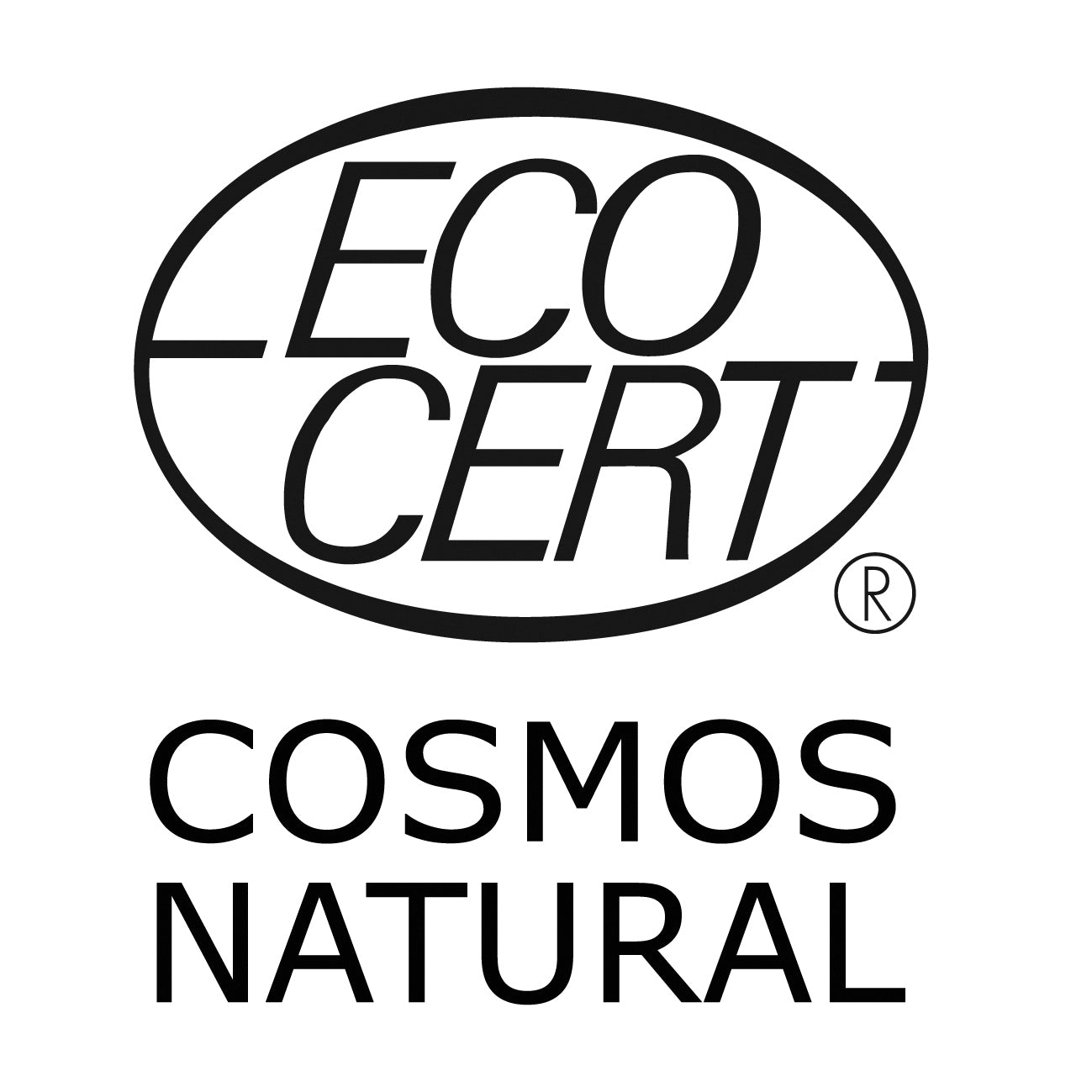
Microplastics have been ingredients in cosmetic and hygiene products for years. Over time, their presence in these products has steadily increased.
Now, microplastics have already invaded our oceans and, through this pathway, have become part of the human food chain.
What is Problematic About Plastics?
When discussing the harmful effects of plastics, images of plastic bottles, bags, and straws drifting in the ocean often come to mind. The amount of plastic waste is already a significant concern for many, as evidenced by movements like #noplastic.
For those who avoid plastic, steering clear of plastic straws and shopping bags is already routine—but what about cosmetics and beauty products? Do we remember to scrutinize their contents in the same way?
Many cosmetic companies use microplastics in exfoliants, toothpastes, and facial cleansers. But where do these tiny plastic beads ultimately end up?
Microplastics in the World's Waters
Did you know that a single shower can result in one hundred thousand plastic particles entering water bodies?
Microplastics make their way into water bodies and oceans through sewer systems.
As mentioned earlier, microplastics don't just harm marine life—they also enter the human food chain through sea creatures, ending up directly on our plates.
Flow Cosmetics Stands for Cleaner Waters
What are effective ways to avoid microplastics, and how can we practically reduce plastic pollution in nature?
One simple and effective method is to switch from synthetic beauty and cosmetic products to genuine natural cosmetics.
You can trust that when you use Flow Cosmetics products, they are ALWAYS microplastic-free and completely natural.
Written by

Estenomi and chemist Suvi knows the ingredients and their potential as their own pockets, and he has developed several Flow Cosmetics Bestsellers.
Summer
